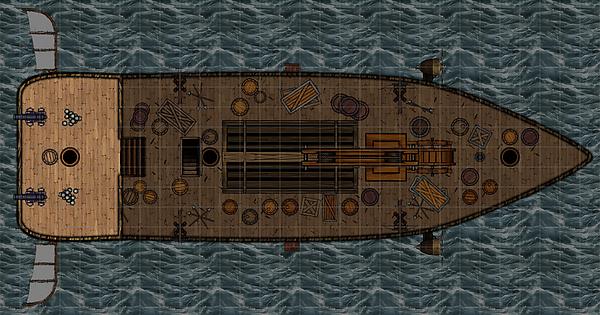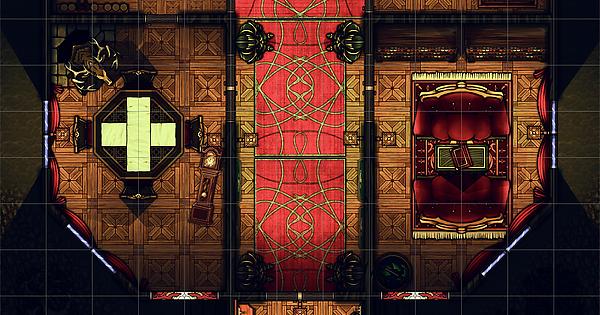The Forgotten Realms setting is the “default” D&D setting. Most published adventures take place in it, specifically a small part of it (planet: Toril, continent: Faerun, region: Sword Coast, the west coast of Faerun; this region has a number of famous cities like Waterdeep, Baldur’s Gate, Candlekeep, Neverwinter, etc…). The vast majority of lore that you can find in books like the Monster Manual specifically relate to this setting (Volo, Mordenkainen, Tasha, Xanathar, etc… all live there anyway). It also has many famous characters and deities (e.g. Corellon, Gruumsh, Moradin…), countries, cultures, even some languages. And it also includes things like the Kenku curse.
But of course if you’re running a homebrew setting like I do, you can feel free to cherry-pick it or just straight-up ignore it.




My setting has technology more-or-less equivalent to Earth’s 17th century, and a big chunk of my inspiration is Neal Stephenson’s Baroque Cycle. The books detail the steps that led to the industrial revolution so my setting also has similar early tech, aided by magic of course.
(Airships, for example, use magic derived from Resilient Sphere to make their balloons supernaturally rigid and impermeable, then instead of filling it with a lifting gas they just evacuate all air from it. Their hulls look like solid wood but they are instead a honeycomb structure made of giant spider silk sandwiched between thin wooden veneers to keep the cold air out, and reinforced with the occasional mithral spar. The propulsion is purely magic though, the props are powered by aetherosiphon engines. There are some secret military projects aimed at creating a fully-pressurized heavier-than-air skyship that can actually fly over the taller mountain ranges; since their passenger compartment is not pressurized, a standard skyship’s maximal cruising altitude is 3-3.5 kilometers while a trained military crew can maybe get up to 4.5 km.)